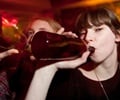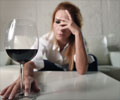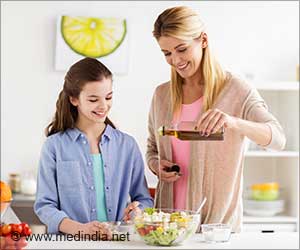A more nuanced approach across a range of beverages may be more effective than a single tax on sugary drinks.

‘Increase in the price of sugary drinks is associated with different purchasing patterns for other beverages.’





An industry levy will be imposed on soft drinks with a high sugar content in the UK from this April in a bid to curb the rising tide of obesity and diabetes. Many other countries, including Hungary, Finland, France, Belgium, Portugal, Mexico, Chile, Thailand, Saudi Arabia and the UAE, have already gone down this route. And certain US cities, India, the Philippines, Indonesia, Israel, and South Africa are set to follow suit.
Several financial modelling studies have shown that increasing the price of sugary drinks could make a small but significant dent in purchasing patterns, particularly among poorer households. But little is known about the potential impact of such a hike on alcohol sales.
To try and tease this out, the researchers applied a specialised tool for studying consumer demand to data on household expenditure on food and drink in 2012 and 2013 from a nationally representative sample of around 32,000 UK homes.
The data (from Kantar Worldpanel), provided complete details of each sales transaction, in addition to social and demographic information for each household.
Advertisement
Low income households spent nearly half (48%) of their total drinks expenditure on all three 'strengths' of sugar sweetened drinks, compared with 44 percent for medium income, and 39 percent for high, income households. The trend went in the opposite direction for juice drinks.
Advertisement
When the price of high sugar content drinks rose, so too did purchases of diet drinks, juices, and lager. But purchases of medium sugar content drinks and spirits fell.
Price rises in medium sugar content drinks were associated with falls in beer, lager, and wine purchases, while price rises in diet/low sugar drinks were associated with increases in all other types of drink, except high and low sugar content beverages.
In high income households, price hikes in high sugar content drinks were associated with a fall in sales of cider, while in the middle income group, these hikes were associated with a fall in the purchase of spirits, but an increase in those of lager. No declines in alcohol purchases were evident in low income households.
A price hike for medium sugar content drinks would seem to be most effective, while applying one to diet/low sugar drinks would seem to be the least effective, the findings indicate, suggesting that the threshold of sugar content for any price rise could be crucial, say the researchers.
And price rises may have a greater impact on reducing alcohol consumption than that of soft drinks, they suggest.
But they emphasise: "Although this analysis can highlight significant relationships between beverages purchased, it cannot explain why these relationships arise," adding: "This mixed picture indicates the complexity of estimating the impact of a single price increase."
They conclude: "Increasing the price of [sugar sweetened beverages] has the potential to both increase and decrease the purchase of alcohol, suggesting more nuanced price options across a range of beverages may be more effective than a single tax on high-sugar [ones]."
Source-Eurekalert















